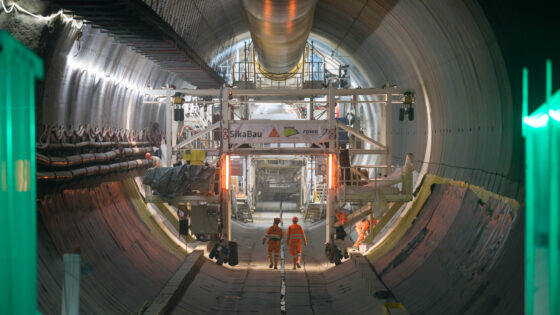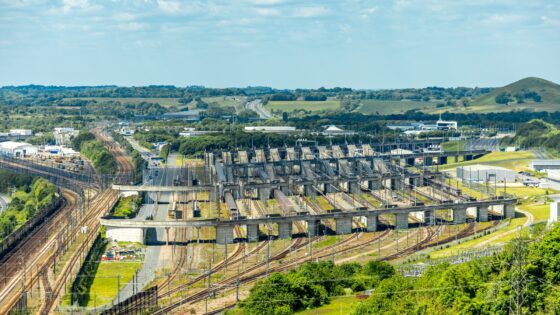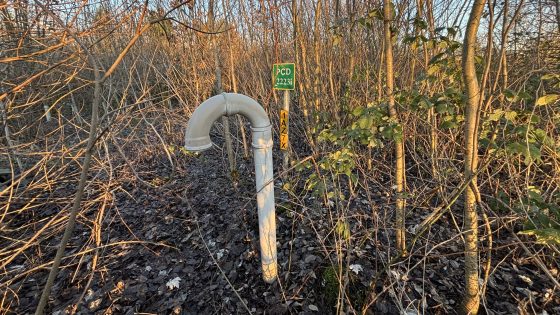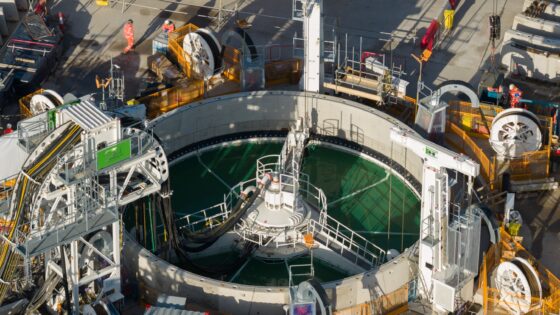Gotthard road tunnel twin bore: design, logistics and circularity notes for engineers
Reviewed by Tom Sullivan

First reported on New Civil Engineer
30 Second Briefing
Construction of the second Gotthard road tunnel in Switzerland involves driving a parallel bore through hard Alpine rock and significant fault zones while working within a tightly constrained existing portal and operational highway. Engineers must stage excavation and lining works to avoid disrupting the first tunnel, manage faulted ground with targeted reinforcement and waterproofing, and sequence logistics in limited laydown and access areas. Ambitious circularity targets are pushing reuse of excavated rock in concrete and aggregates, demanding strict material characterisation and on-site processing strategies.
Technical Brief
- Excavation uses both drill-and-blast and mechanical methods, selected section-by-section to suit variable Alpine rock mass.
- Fault zones are pre-treated with probe drilling and grouting to reduce water ingress and instability.
- Temporary invert and sidewall support are installed close to the face to limit deformation in poorer ground.
- On-site crushing and screening plants process spoil into graded aggregates for structural and sprayed concrete.
- Detailed petrographic and chemical testing classifies each rock type’s suitability for cement, aggregate or backfill reuse.
- Separate stockpiling of different lithologies is required to maintain consistent concrete mix performance and durability.
- Logistics planning must account for limited portal laydown, driving just-in-time delivery of reinforcement, formwork and consumables.
- Experience with high circularity targets here is likely to inform spoil reuse specifications on future Alpine tunnels.
Our Take
Among the 26 Infrastructure stories in our database, very few involve Alpine settings like Switzerland, so the second Gotthard road tunnel project sits at the more complex end of current underground works in terms of geotechnical risk and logistics.
Within the 63 tag-matched ‘Projects’ and ‘Sustainability’ pieces, circularity targets are more commonly associated with urban rail and building schemes than long road tunnels, suggesting this Swiss project may become a reference case for high-reuse material strategies in hard-rock tunnelling.
Experience gained in managing faults and constrained sites on the second Gotthard road tunnel is likely to be closely watched by European clients planning deep base tunnels, as it can influence future contract risk allocation and design choices for similar trans-Alpine infrastructure.
Prepared by collating external sources, AI-assisted tools, and Geomechanics.io’s proprietary mining database, then reviewed for technical accuracy & edited by our geotechnical team.
Related Articles
Related Industries & Products
Construction
Quality control software for construction companies with material testing, batch tracking, and compliance management.
Tunnelling
Specialised solutions for tunnelling projects including grout mix design, hydrogeological analysis, and quality control.
QCDB-io
Comprehensive quality control database for manufacturing, tunnelling, and civil construction with UCS testing, PSD analysis, and grout mix design management.


